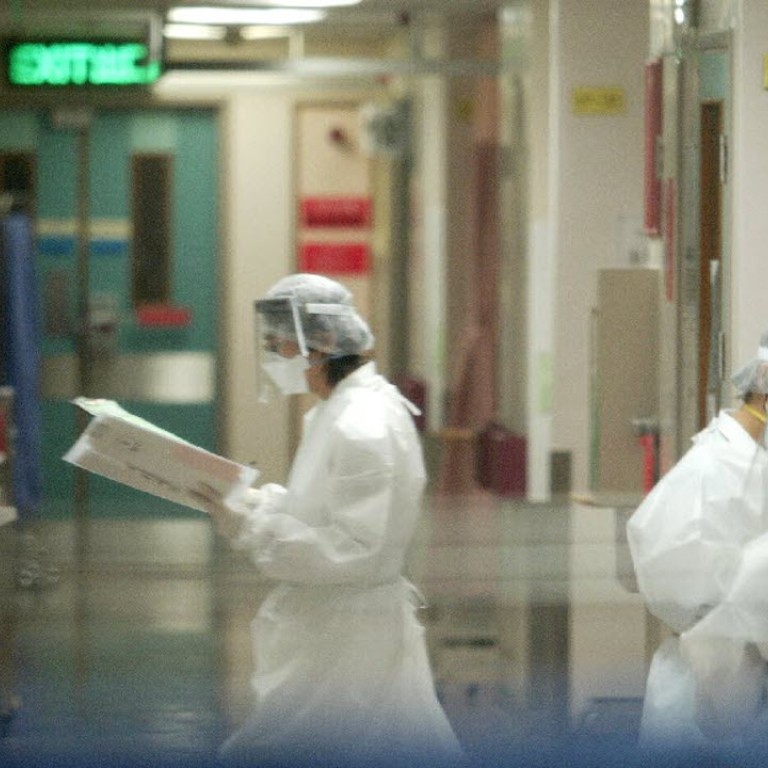
Drinking water at Hong Kong public hospital found to contain 60 per cent more lead than WHO recommended level
Excessive lead levels that measure 60 per cent above the recommended limit have for the first time been found in drinking water at a hospital in Hong Kong.
The sample was collected from a water boiler in a day care centre for children and adolescent psychiatric patients in Alice Ho Miu Ling Nethersole Hospital in Tai Po, the Hospital Authority announced on Friday night. The sample contained 15.95 micrograms of lead per litre of water, exceeding the World Health Organisation’s suggested level of 10 mcg.
READ MORE: Water sample from Hong Kong kindergarten found to contain lead levels 10 times the WHO standard
The sample was among 17 collected in the hospital’s paediatric wards and milk kitchen on Wednesday.
The other 110 water samples collected in paediatric wards in 11 public hospitals between September and late last month all met the WHO standard.
“The boiler was removed and replaced [yesterday] by an accredited one with international certification,” an authority spokesman said, adding that water filters would be installed at the day centre’s water point.
Three teenage patients, all aged above six, have been attending the day centre on a daily basis since November. One pregnant and two lactating staff have been given distilled water.
Water samples taken from 10 water boilers in eight kindergartens over the past few months have revealed excessive lead levels.
READ MORE: Hong Kong’s lead-in-drinking-water crisis: everything you need to know
The government confirmed yesterday that lead was found in the solder joints of boilers. They were tested with an X-ray fluorescence spectrometer.
A further study was conducted by the Hong Kong Productivity Council, which was appointed by the Water Supplies Department. Tests were conducted on two used and four new boilers of different brands bought from the market. They confirmed that leaded soldering material was the main cause leading to excessive lead in drinking water in the boiler after it was boiled.
Copper alloy components in boilers were also found to release more lead in hot water when they were used for the first time. The amount of leached lead declined after a few boils and after water was drained a few times - and would not prompt excessive lead levels.
The government said the public should buy boilers with international certification. People should also clean new boilers thoroughly with water, not use water that has been left overnight and switch the boiler off every night.

